You’ve been practicing the sweeps all evening and finally it’s time to roll. You’ve been looking forward to the action. You tag hands and your partner manages to get around your legs and you make a run for it, tuck, twist, and dive, when you pop your head up your partner has lost his balance somehow and you’re now on top-yeehaw! You glance around the room as you do your best to ram your chest down and engage your friend in a hand fight to find an armbar. You’re already plenty gassed when you fitfully manage to get him to tap. You press yourself off and lean against the wall gulping for air like a landed bass. Two minutes have gone by. And you’re not sure how you ended up on top because you didn’t use a technique there, you did what old school wrestler’s call a scramble. Which is about the equivalent of a foot race through a field of bear-traps wearing a blind-fold. The instructor, when you catch his eye, doesn’t look to pleased with you, but you’re feeling pretty good because you managed to make a blue belt tap and you’re only a two-stripe white belt.
Here’s the problem: Vigor does not equal skill. Vigor + technical ability = skill. What we are training for in jiu-jitsu is not just happenstance. We are training science. We are training repeatability not flukes or outliers. You want to know how you won your match; you don’t want to be stuck just attributing it to Mars.
When you watch a master of any skill set, be it sport or musicianship, what you should be impressed with first and foremost is the fact that they make what they do look easy. Facility with the technical aspects of a given art are what you are training for and absolutely every part of your time on the mat should be spent with that goal in mind. If you think your goal is to beat one of your buddies on the mat, you’ve made a typical, but no less debilitating error. It’s the same error newbie college students make when they think it’s their goal to get good grades.
In the beginning we have nothing but vigor. Our technical ability set is too small to use confidently and it’s much too easy to get into the bad habit of relying entirely on brute force, speed, or some combination of the two to accomplish your training (and it’s the reason we call it training and NOT fighting!). Whatever you train in class should be what you are attempting to apply when you are rolling. Is it going to fail? Very likely! Especially if you can only remember the material, you just drilled (rather than last week’s lesson!).
I don’t discourage people from improving their vigor. We should be stretching and doing some weight training (free or body-weight) and we should always be doing some cardio (much of this can be accomplished just doing jiu-jitsu properly). However, just one attribute by itself does not make an impressive jiu-jitsu practitioner. It might make a good Olympic jumper, runner, or lifter – but those are pure attribute sports (almost just measures) and while there is a modicum of science in their perfect performance they are not knowledge in the sense of using those attributes in a concerted manner to accomplish a complex project, something like passing a tricky guard, or avoiding a slick guillotine attack.
Is it possible to win some fights on vigor alone? Of course. But just imagine that kind of vigor coupled with the technical abilities that result in a well performed skill set and that is the recipe for success.
What does the coach tell the student huffing against the wall wondering why no one is complimenting him on his prowess? The coach says: not bad for a start, now get back in there—while you are tired—and do it again, but this time let’s make that guard a little more demanding, and let’s use our techniques to recover when passed, and let’s never not know what’s going on.
Because in jiu-jitsu just as in college the goal is knowledge not scores.
